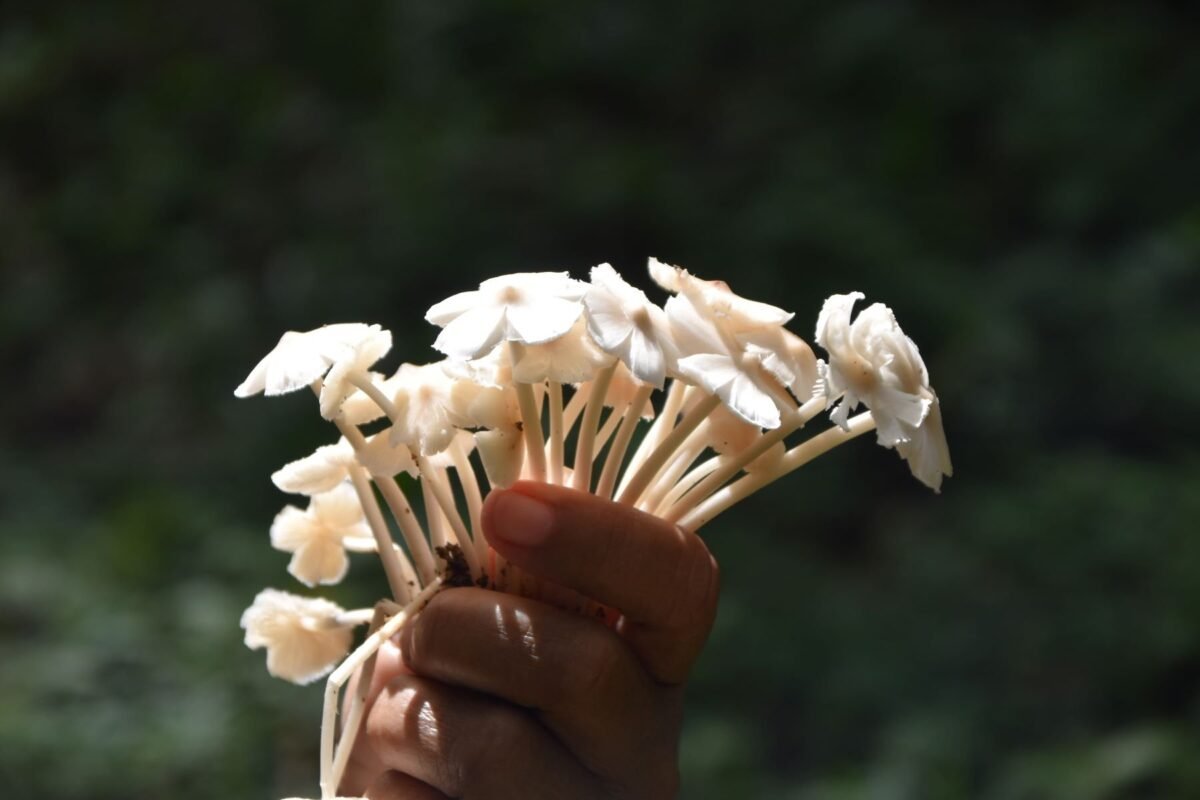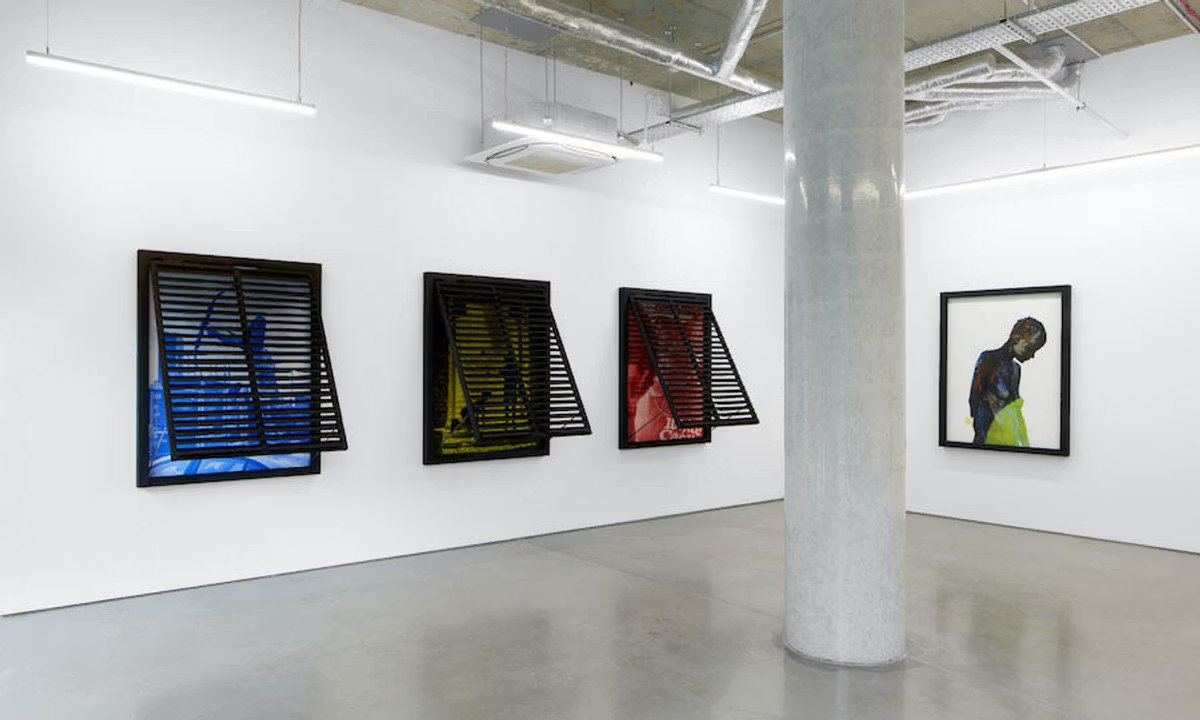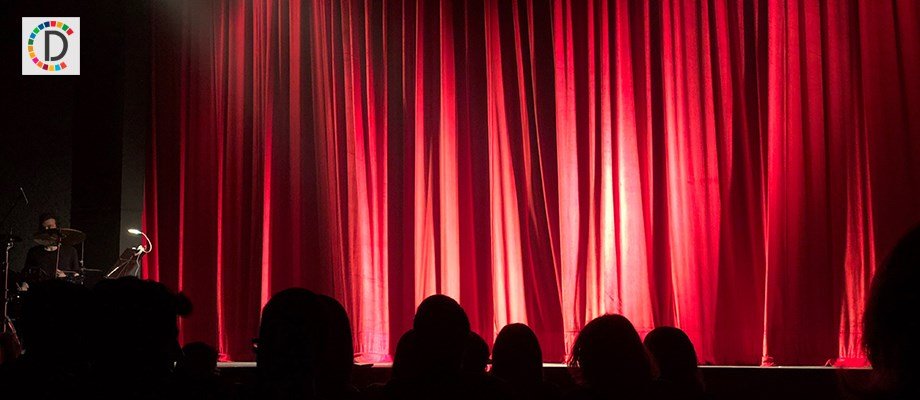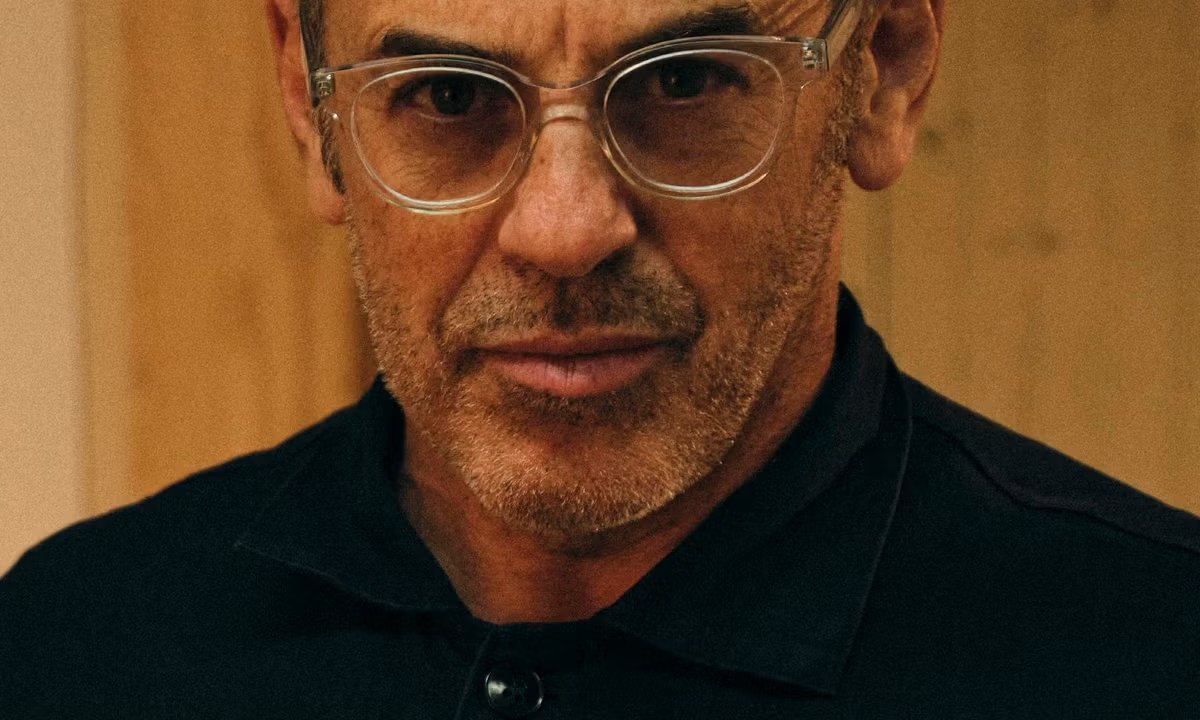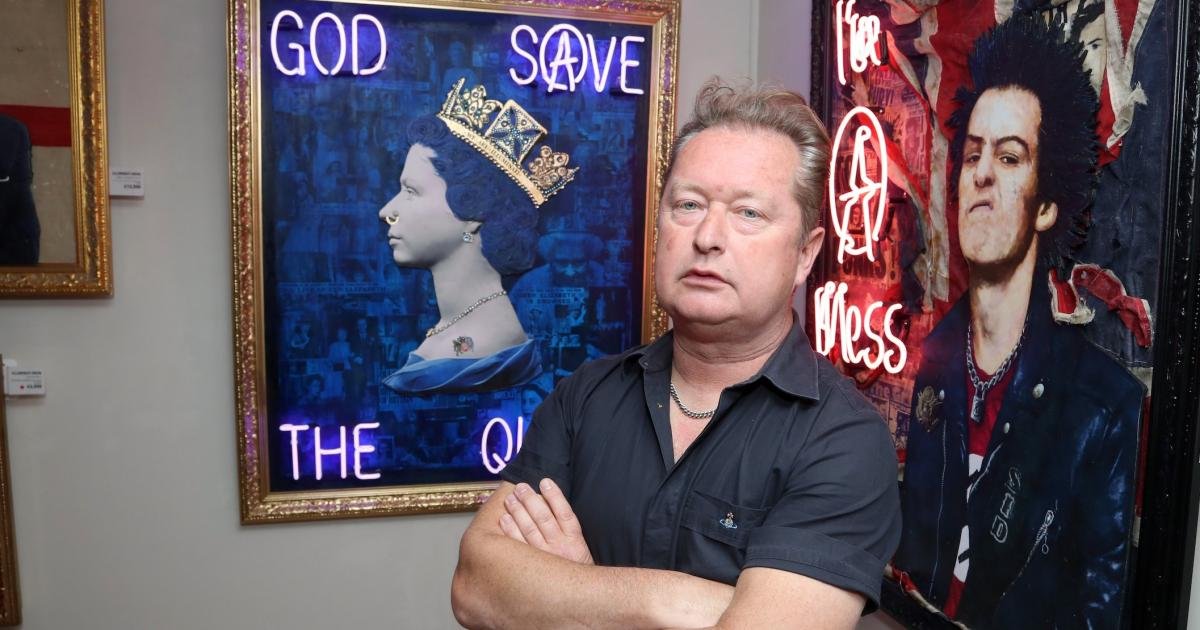Permaculture design can offer a lens not only for artistic programming but also for the ethics, structures and relationships that support cultural work.
Living through a climate and ecological crisis, and the flash points that emerge from it at increasing speed and ferocity, it comes as no surprise that a growing number of creatives and organisations are seeking frameworks that go beyond carbon literacy.
What is permaculture?
Permaculture Design focuses on the restorative care of people and the Earth, based on the belief that nature’s abundance and diversity hold the answers to the challenges we face.
While it began with food growing, permaculture now embraces all aspects of how we live, offering an integrated systems approach to sustainable living. These ideas are not new, but rather a rediscovery of ways of being that have long been practiced by indigenous cultures around the world.
This holistic and ethics-led approach rooted in care, interdependence and abundance – is increasingly resonating with those in the arts who are reimagining how we create, collaborate and structure our work.
As well as Heart of Glass, I work with organisations such as Blackpool’s LeftCoast, The Turnpike in Greater Manchester and national gallery education network Engage.
For these organisations, alongside many others, permaculture design offers an accessible, tried-and-tested method to explore what ‘the regenerative’ might look like in their context. It also provides a way to consider restorative practices and build resilience in response to the storm that is upon us.
Planting the seeds
I began my journey with Merseyside-based community arts organisation Heart of Glass a few years ago, exploring permaculture design through a series of events and training programmes. Through this, a deeper desire to explore and embed regenerative design practices emerged.
In 2024, we established a regenerative working group. The aspiration was that this group would interrogate how permaculture ideas might bring a new ethical basis to projects, particularly in relation to ecology, the natural world and regenerative creative practices.
Ethics and values
Initially – as is often the case with permaculture design – our exploration began with the permaculture ethics: people care, earth care and fair share. These ethics were already integral to Heart of Glass but we wanted to explore further how they could serve as a compass to help shape future practice and ideas.
We thought about our programme – including projects such as With For About, and In Every Bite of the Emperor – but we were also interested to use the ethics as a foundation to explore policy and organisational structure, and think about how they may be embodied in organisational forms. Could these institutional mechanisms enable an ever-deepening ethics in action and inspire more nuanced cultures of care that look inwards as well as outwards?
One early step was to re-evaluate the tempo and rhythm of our work. What might it mean to honour the cycles of the communities and ecosystems we’re part of? This led to programming approaches that mirror seasonal patterns – prioritising depth, rest and responsiveness.
Continues…

With For About is an annual gathering from Heart of Glass which aims to create a space to discuss and reflect on the urgent questions facing collaborative and social art. Photo: Radka Dolinska
Questions and clarity
Alongside this we began to use different permaculture design tools to think in more detail about the organisation in terms of the systems and elements that make it, and the wider systems it’s connected to or nested within.
This helped to get a better sense of clarity within a complex, entangled world by asking: “What is the whole that we are exploring at any given time?” And: “In an ideal world how would we like that whole to be?”
From that we moved on to questions about what we would like to flourish in any given context. We explored how we might contribute – through our work, decisions or collaborations – to help nurture that abundance.
These discussions became a way to clarify our shared purpose, while also recognising the limits of our time, energy and knowledge.
Tensions and contradictions
This work has been deeply inspiring as we lean into uncertainty and learn to trust the process of emergence – but it’s not always easy. Slowing down has created space to reflect, but it also reveals how challenging it can be to pursue this kind of detailed, sometimes thorny work within systems that value speed, certainty and output.
Permaculture tools are helping to seed change and influence outwards, while also better understanding the external energies and pressures that make this increasingly hard. They have also helped us better articulate the way these aspirations currently fall far outside the expectations of funders and stakeholders.
When we make space for exploration, it may also cause contradictions and tensions in terms of what we need to do. That said, we’ve been encouraged by funders beginning to think differently – those open to slower, more emergent processes and who recognise the value of investing in long-term, relational and regenerative ways of working.
An invitation to grow together
As we move into the second year of this work, there is a sense that we are still at the beginning of a journey, which has so far created more questions than answers.
We look forward to thinking more about how we might capture what we are doing to participate in a wider community of creative permaculture practice that is growing nationally, and internationally.
We are excited to be part of this and to explore ways we can collectively ‘tend the commons’, sharing and growing regenerative practices and knowledge as we go.

